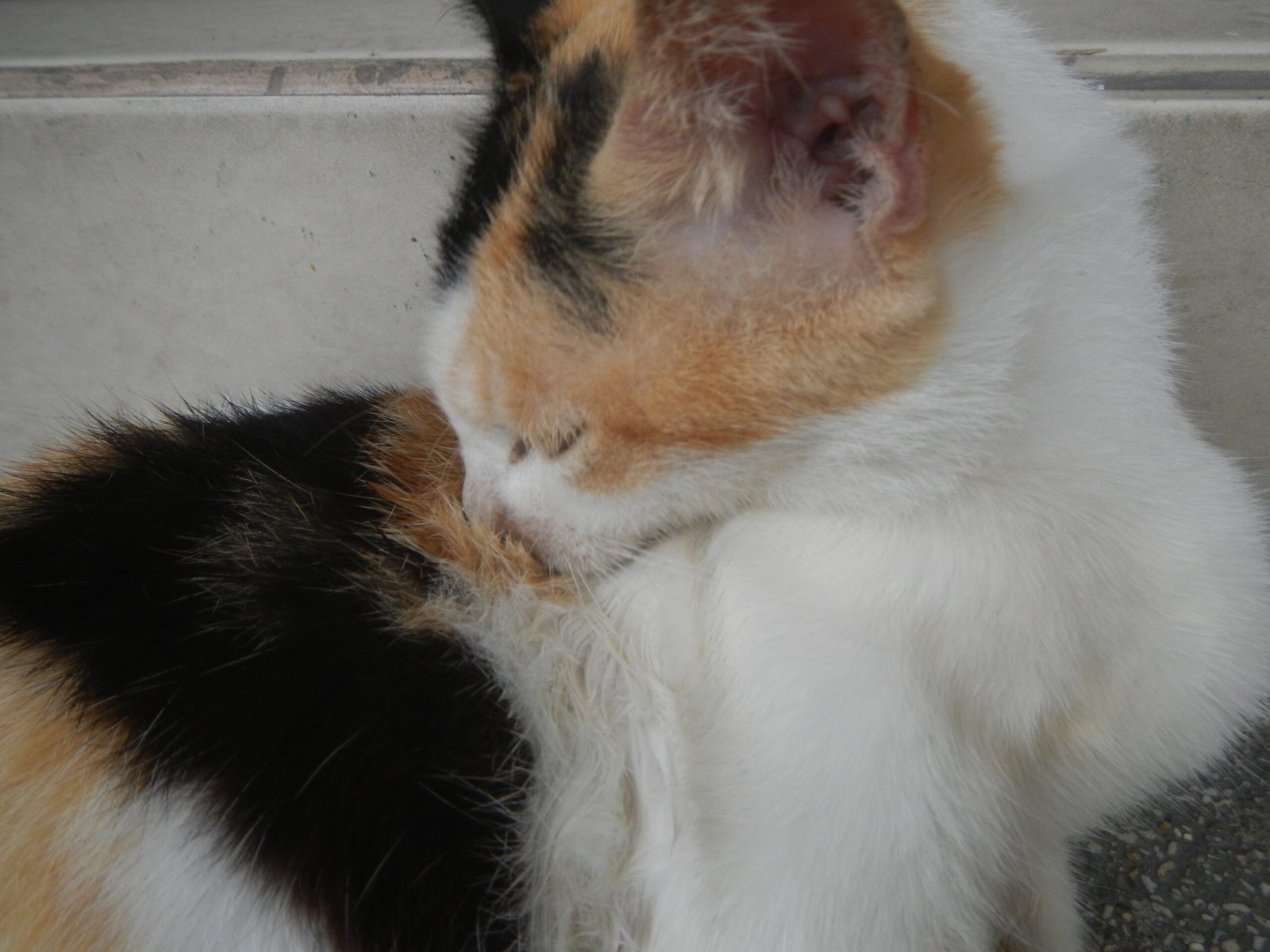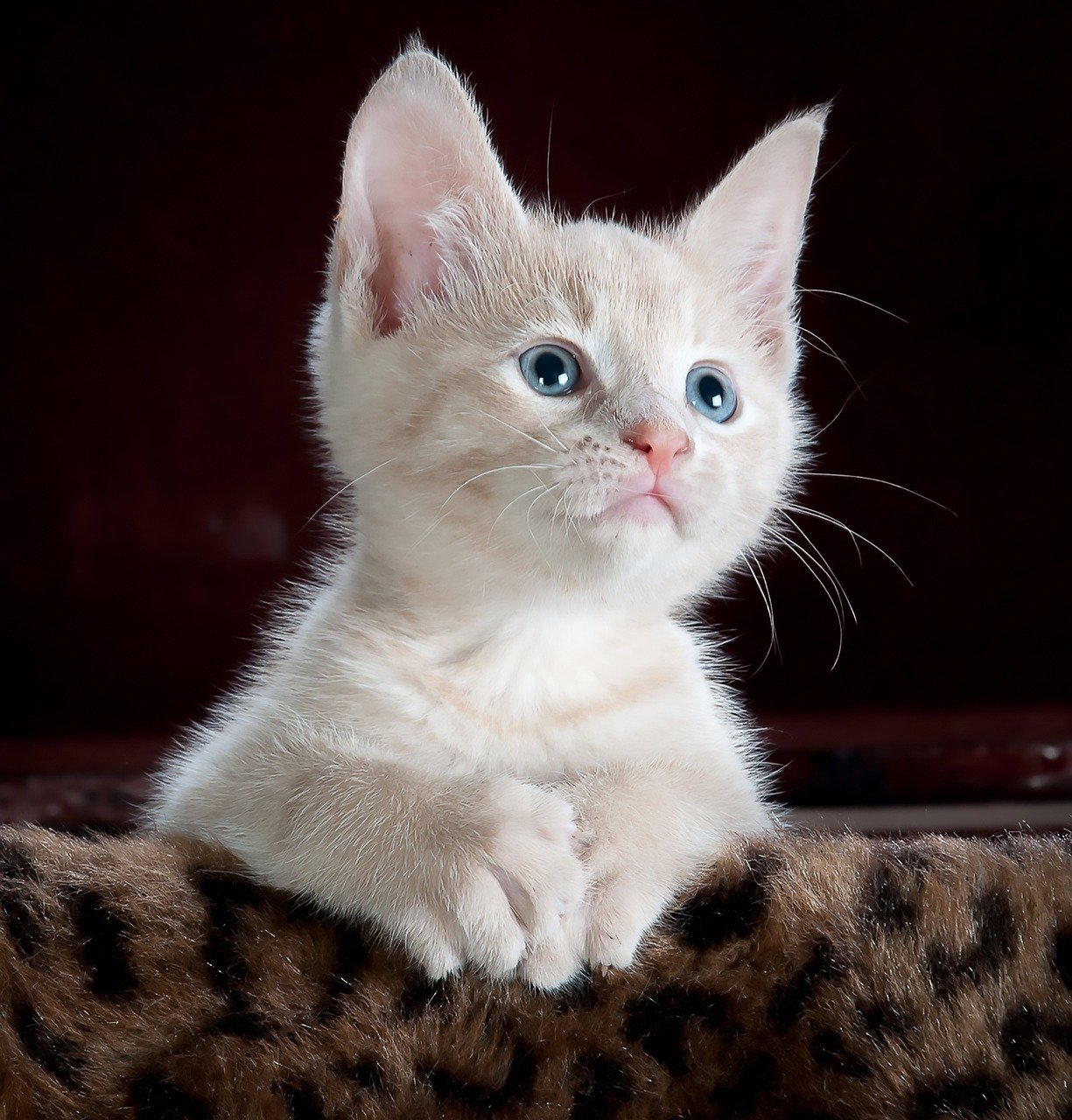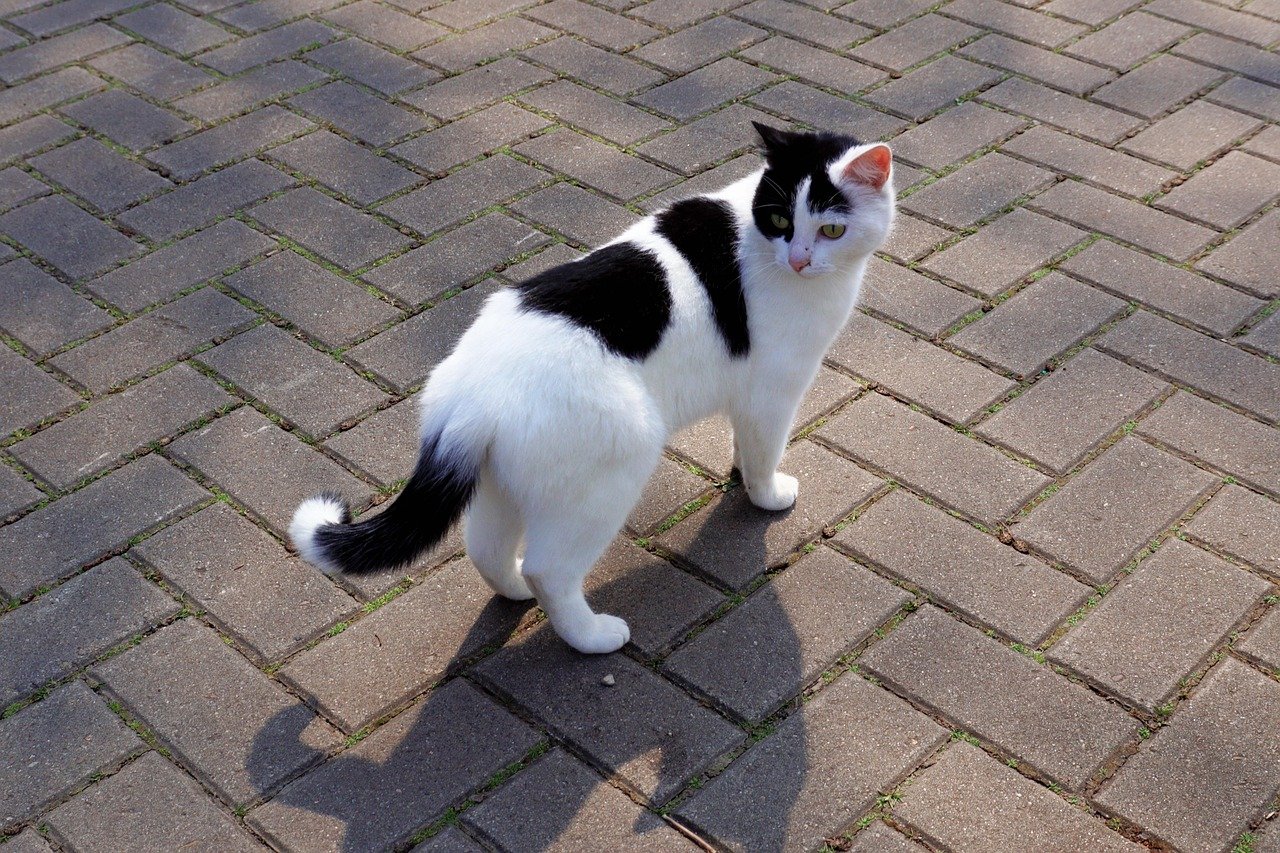Cats are known for their independent nature, but that doesn’t mean they don’t experience anxiety when separated from their owners. Separation anxiety in cats can manifest in various ways, and it’s important for cat lovers to be aware of the signs. Left unrecognized, this anxiety can lead to behavioral problems and impact the well-being of your feline friend. Let’s explore the ten warning signs that your cat might be struggling with separation anxiety.
1. Excessive Meowing and Vocalization
If your cat becomes unusually loud and vocal when you’re preparing to leave or after you’ve left, it might be a sign of separation anxiety. Cats will often meow, howl, or yowl excessively to express their distress. This behavior can be likened to a toddler crying for their parent. It’s their way of calling out to you, seeking comfort and reassurance. While some vocalization is normal for cats, a sudden increase in frequency and intensity can indicate that your cat is feeling anxious and lonely.
2. Destructive Behavior
Cats experiencing separation anxiety may engage in destructive behavior as a means of coping. You might notice shredded curtains, scratched furniture, or overturned objects in your absence. This is not a sign of a mischievous cat, but rather one that is stressed and trying to find a way to deal with their emotions. Think of it as a release of tension, much like how humans might pace or fidget when anxious. It’s crucial to address this behavior early on to prevent damage and help your cat feel more at ease.
3. Inappropriate Elimination
One of the more frustrating signs of separation anxiety in cats is inappropriate elimination. Cats may urinate or defecate outside of their litter box when they are feeling stressed. This behavior is not an act of defiance but rather an indication that your cat is trying to communicate their distress. They may choose areas that carry your scent, like your bed or clothing, as a way to feel closer to you. Understanding this behavior can help guide you towards solutions that ease their anxiety.
4. Excessive Grooming

Cats are naturally fastidious creatures, but when grooming becomes excessive, it can be a sign of anxiety. Over-grooming can lead to bald patches or irritated skin, which is often a physical manifestation of their emotional turmoil. Much like humans who might bite their nails when anxious, cats groom excessively as a means of self-soothing. It’s essential to monitor your cat’s grooming habits and consult with a veterinarian if you notice any skin changes or hair loss.
5. Changes in Appetite
A noticeable change in your cat’s appetite can also indicate separation anxiety. Some cats may refuse to eat when left alone, while others might overeat as a comfort mechanism. This alteration in eating habits can affect their overall health and weight. It’s similar to how some people might lose their appetite when stressed, while others might turn to food for comfort. Ensuring a consistent feeding routine and providing interactive feeding toys can help mitigate this anxiety-induced behavior.
6. Hiding or Withdrawal
Cats experiencing separation anxiety might seek solace in hiding or withdrawing from social interaction. You might find your cat tucked away in secluded corners or under furniture when you’re not around. This behavior is akin to someone curling up in a safe space when feeling overwhelmed. It’s important to create a comforting environment with safe hiding spots and gradually encourage your cat to engage with their surroundings.
7. Aggression Upon Your Return
While it may seem counterintuitive, some cats may exhibit aggression when their owner returns home. This aggression can manifest as biting or swatting and is usually a result of their heightened stress levels. Imagine a person who lashes out after a stressful day; it’s a similar reaction for cats. Understanding that this behavior stems from anxiety rather than malice can help you approach the situation with patience and care.
8. Clinginess
When your cat becomes unusually clingy, following you from room to room and demanding constant attention, it may be a sign of separation anxiety. This behavior is a clear indication that your cat feels insecure and is seeking reassurance. It’s similar to how a child might cling to a parent when feeling scared or uncertain. Providing interactive toys and enriching activities can help redirect their focus and alleviate some of their anxiety.
9. Vomiting

Vomiting can be a physical response to stress in anxious cats. While occasional vomiting is not uncommon in cats, frequent episodes could be a sign of separation anxiety. Much like how stress can upset a human’s stomach, the same can happen to your feline friend. It’s important to consult with a veterinarian to rule out any underlying medical issues and to address the anxiety causing this behavior.
10. Pacing and Restlessness

Pacing and restlessness are common signs of anxiety in cats. If your cat is constantly moving around the house, unable to settle down, it may be experiencing separation anxiety. Think of it as a human walking back and forth when worried about something. Providing a stimulating environment with toys and activities can help keep your cat occupied and reduce their restlessness.
Understanding and recognizing these signs is crucial in helping your cat cope with separation anxiety. By identifying these behaviors early, you can take steps to create a more comforting environment for your feline companion, ensuring they feel secure and loved even when you’re not around.

Andrew Alpin from India is the Brand Manager of Doggo digest. Andrew is an experienced content specialist and social media manager with a passion for writing. His forte includes health and wellness, Travel, Animals, and Nature. A nature nomad, Andrew is obsessed with mountains and loves high-altitude trekking. He has been on several Himalayan treks in India including the Everest Base Camp in Nepal.





